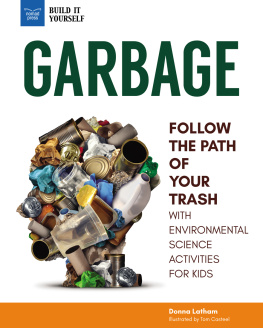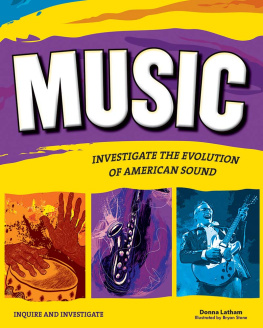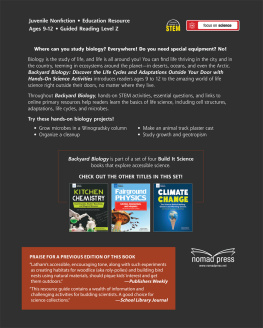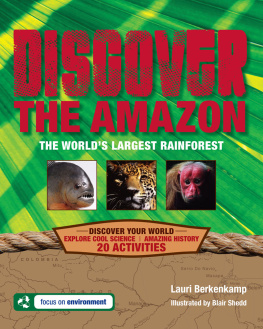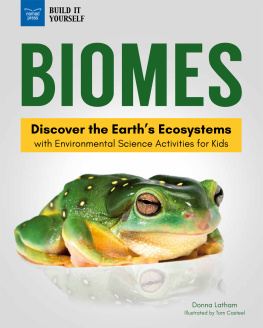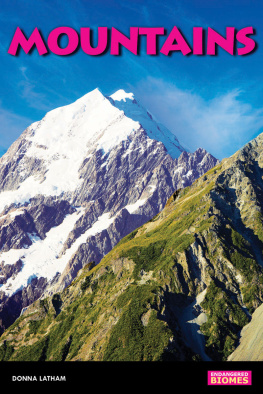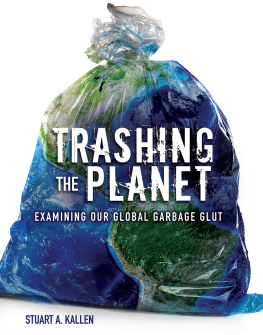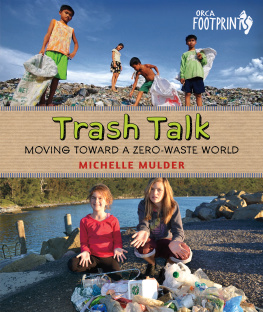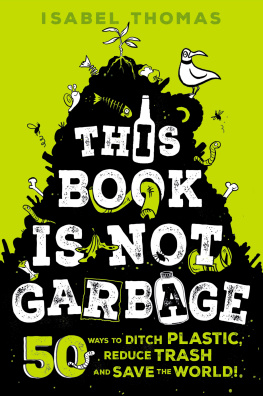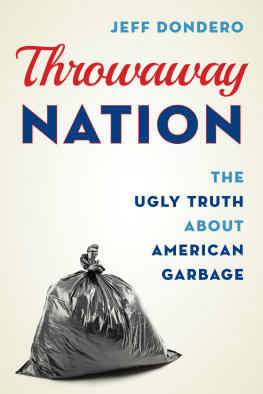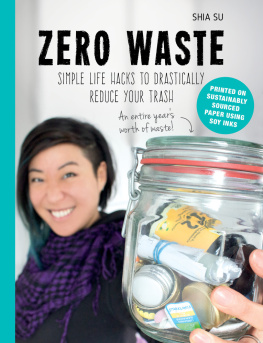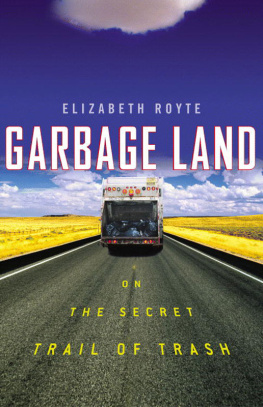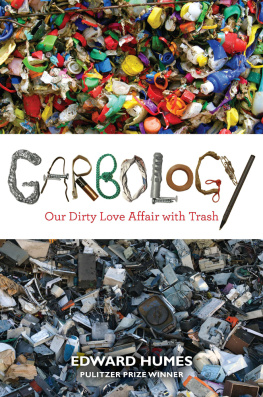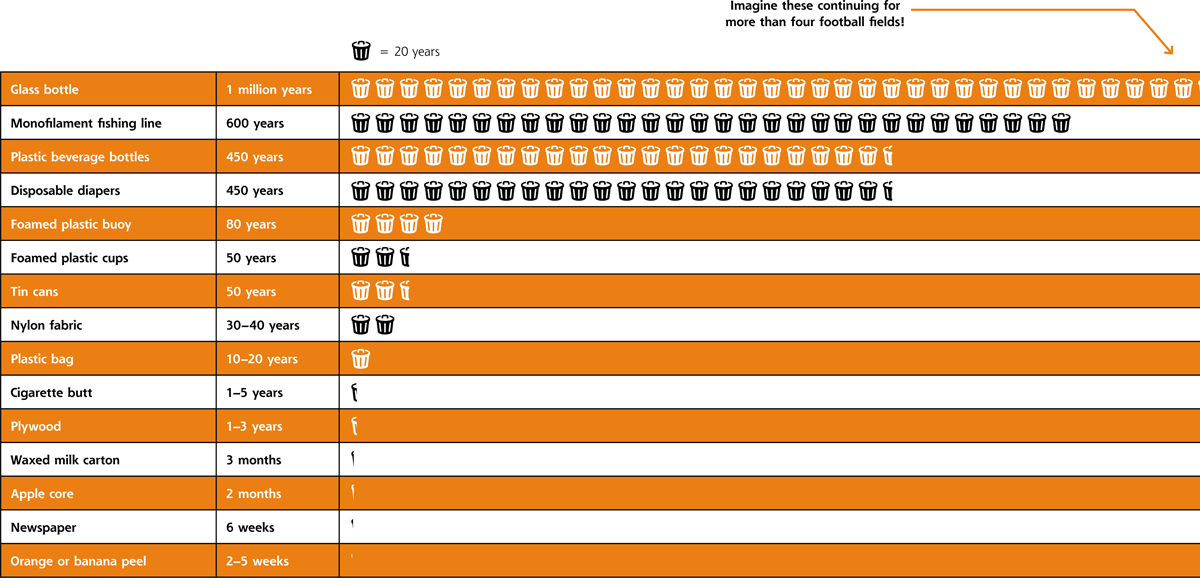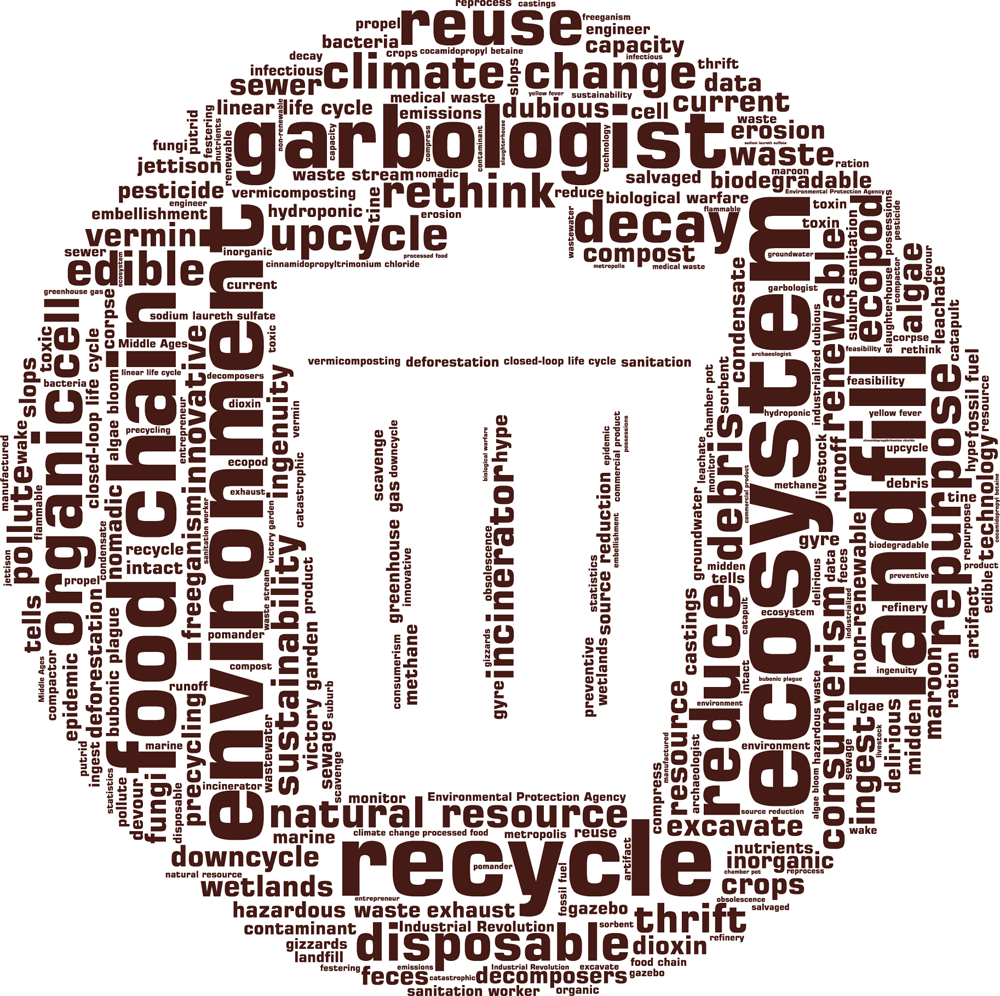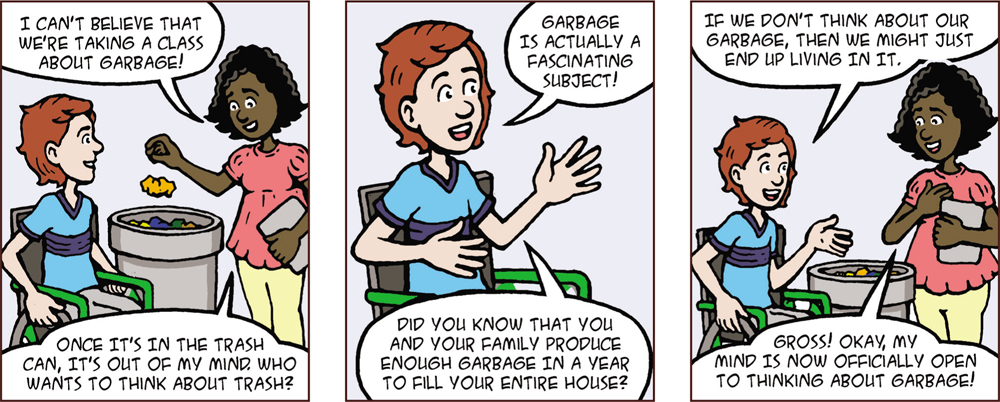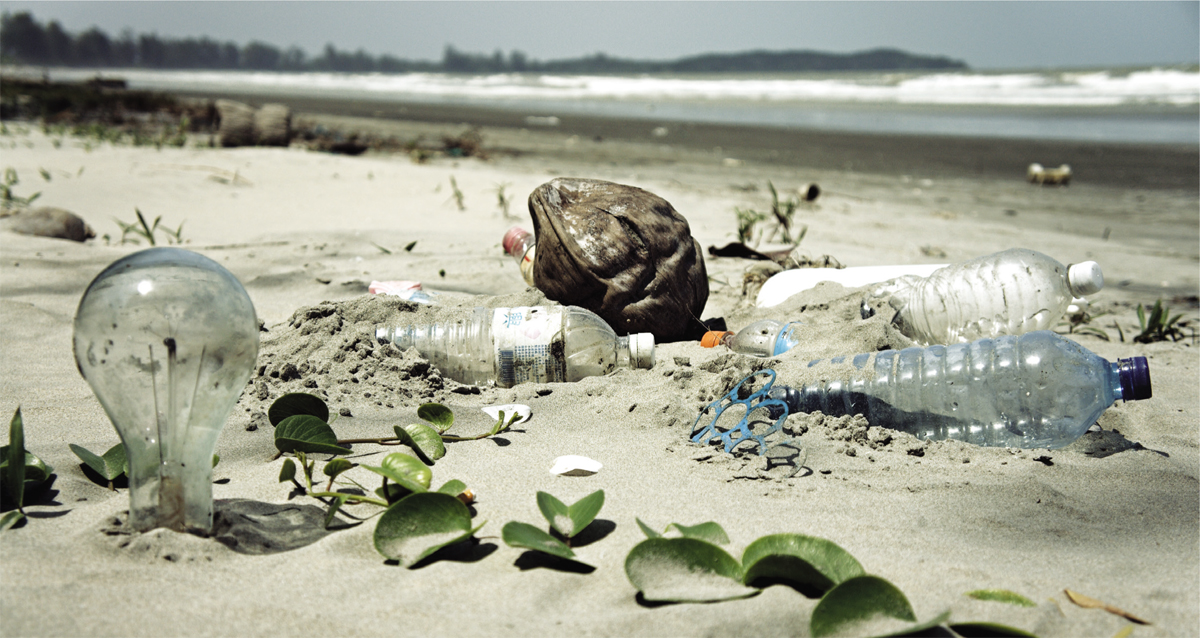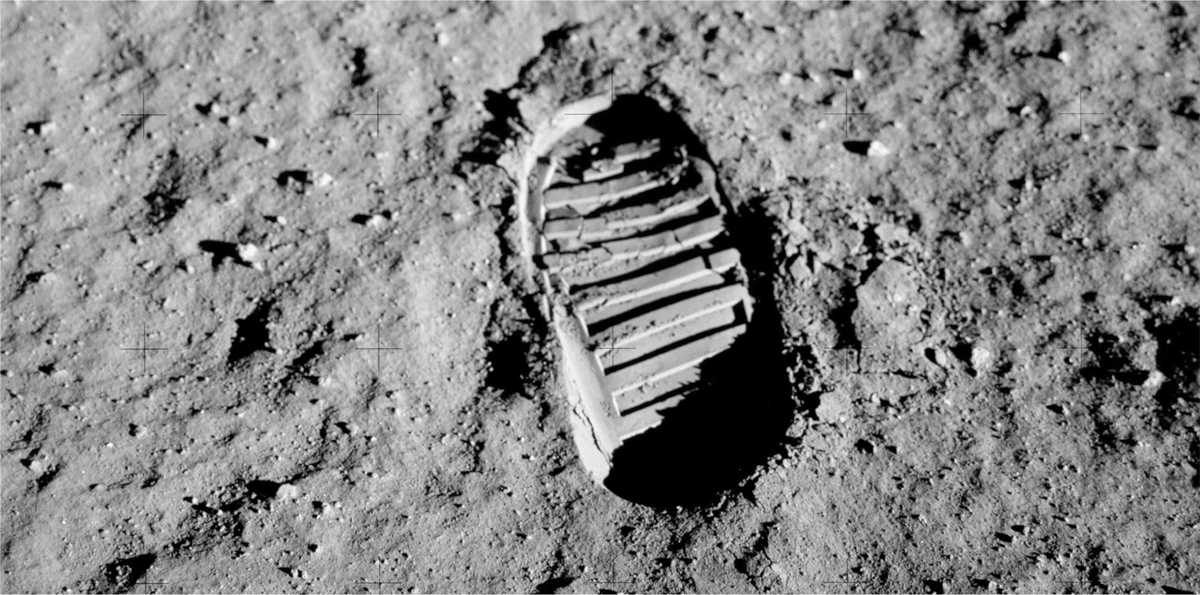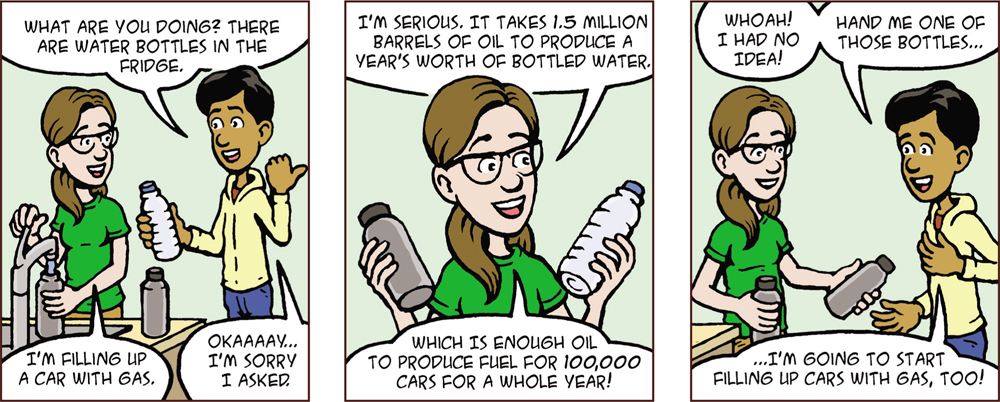Donna Latham - Garbage: Follow the Path of Your Trash with Environmental Science Activities for Kids
Here you can read online Donna Latham - Garbage: Follow the Path of Your Trash with Environmental Science Activities for Kids full text of the book (entire story) in english for free. Download pdf and epub, get meaning, cover and reviews about this ebook. year: 2019, publisher: Nomad Press, genre: Home and family. Description of the work, (preface) as well as reviews are available. Best literature library LitArk.com created for fans of good reading and offers a wide selection of genres:
Romance novel
Science fiction
Adventure
Detective
Science
History
Home and family
Prose
Art
Politics
Computer
Non-fiction
Religion
Business
Children
Humor
Choose a favorite category and find really read worthwhile books. Enjoy immersion in the world of imagination, feel the emotions of the characters or learn something new for yourself, make an fascinating discovery.
- Book:Garbage: Follow the Path of Your Trash with Environmental Science Activities for Kids
- Author:
- Publisher:Nomad Press
- Genre:
- Year:2019
- Rating:3 / 5
- Favourites:Add to favourites
- Your mark:
Garbage: Follow the Path of Your Trash with Environmental Science Activities for Kids: summary, description and annotation
We offer to read an annotation, description, summary or preface (depends on what the author of the book "Garbage: Follow the Path of Your Trash with Environmental Science Activities for Kids" wrote himself). If you haven't found the necessary information about the book — write in the comments, we will try to find it.
That potato chip bag you tossed in your trash can this afternoonwhere does it go when it leaves your house?
Garbage: Follow the Path of Your Trash with Science Activities for Kids invites middle graders to investigate the world of trash! The average American produces more than four pounds of trash every daymultiply that by 300 million people and youve got a lot of garbage! Where does it go? How does it break down? What are the challenges of dealing with so much waste? What can we do decrease the amount of stuff we are throwing away? Garbage explores questions like these while encouraging kids to think about the choices they make that generate garbage in the first place.
In this book, kids discover the science of garbology, the fascinating world of midden excavation, and learn about different rubbish warriors who are determined to save the planet from being overrun with trash. Readers learn ways to reduce, reuse, recycle, and rethink their actions by diving into critical-thinking activities designed to get kids looking at trash as a situation in need of a solution. While we all appreciate our garbage to be out of sight and out of mind, its crucial to recognize the impact that human behavior has on the planet.
Garbage includes hands-on STEM activities and critical thinking exercises to encourage readers to figure out ways to be part of the rubbish revolution. Fun facts, links to online primary sources and other supplemental material, and essential questions take readers on an exploration of the path of trash!
Garbage is part of a set of four Build It Environmental Science books that explore the history and science of the planet and all that live on it through hands-on STEM activities and real-life environmental connections. Other titles in this series are Biodiversity, Planet Earth, and Biomes.
Nomad Press books integrate content with participation. Common Core State Standards, the Next Generation Science Standards, and STEM Education all place project-based learning as key building blocks in education. Combining content with inquiry-based projects stimulates learning and makes it active and alive. Nomads unique approach simultaneously grounds kids in factual knowledge while allowing them the space to be curious, creative, and critical thinkers.
Donna Latham: author's other books
Who wrote Garbage: Follow the Path of Your Trash with Environmental Science Activities for Kids? Find out the surname, the name of the author of the book and a list of all author's works by series.

